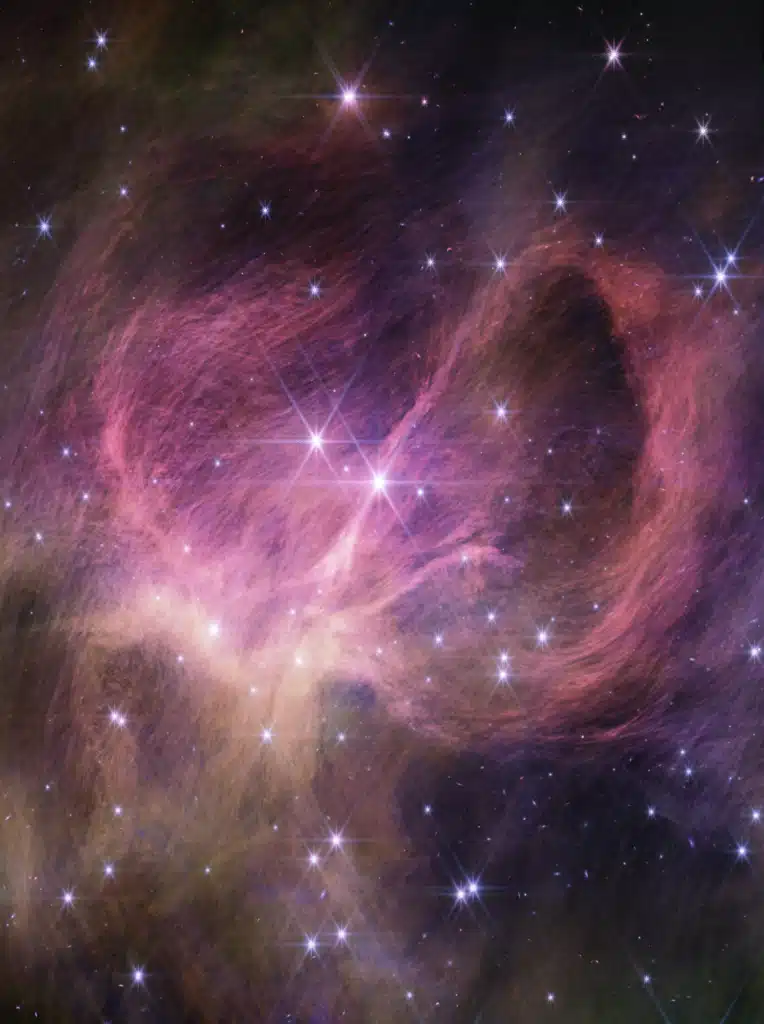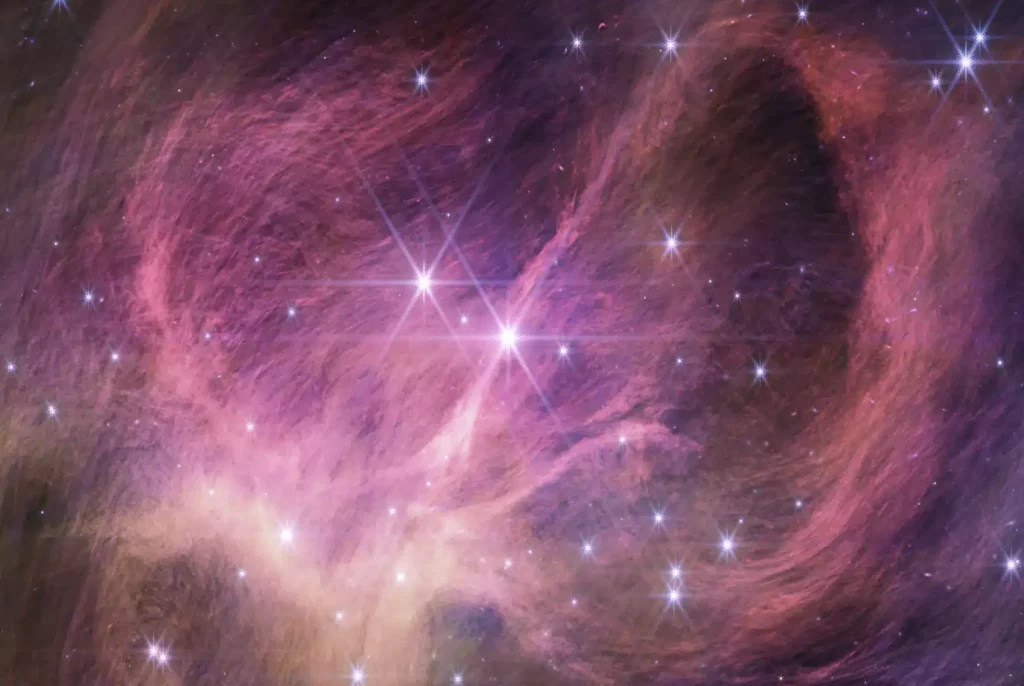Astronomers using NASA’s James Webb Space Telescope have identified a new record-holder for the smallest brown dwarf ever detected – an object with only 3-4 times the mass of Jupiter. The discovery was made by a team led by Kevin Luhman of Penn State University. They were searching for tiny brown dwarfs in the IC 348 star cluster, located about 1,000 light years from Earth.
Key takeaways:
- Webb discovers the smallest brown dwarf ever, weighing 3-4 times Jupiter’s mass.
- The discovery raises questions about how such small brown dwarfs form.
- Two of the dwarfs contain a mysterious molecule never seen before outside our solar system.
- This discovery could help us understand planet formation and rogue planets.
Brown Dwarfs: The Cosmic Middle Ground
First, let’s understand what a brown dwarf is. These celestial bodies are intriguing because they sit on the boundary between stars and planets. While they form like stars, through the gravitational collapse of gas clouds, they lack the necessary mass and heat to ignite nuclear fusion, the process that powers stars like our Sun. At their smaller end, some brown dwarfs are similar in size to giant planets.
“One basic question you’ll find in every astronomy textbook is, what are the smallest stars? That’s what we’re trying to answer,” Luhman says in a NASA release. This inquiry led the team to the star cluster IC 348, about 1,000 light-years away. This cluster, only about 5 million years old, provides an ideal environment to study these dim objects, as any brown dwarfs present would still be glowing from the heat of their formation.

The team’s success is partly due to the advanced capabilities of the James Webb Space Telescope. With its Near-Infrared Camera (NIRCam) and Near-Infrared Spectrograph (NIRSpec), the telescope can detect fainter objects than those observable with ground-based telescopes. This sensitivity allowed the astronomers to differentiate between tiny brown dwarfs and distant galaxies.
As noted, the smallest brown dwarf discovered by the team weighs a mere three to four times the mass of Jupiter. This finding is a conundrum for astronomers because the process of star formation at such low masses is not well understood. “It’s pretty easy for current models to make giant planets in a disk around a star,” notes principal investigator Catarina Alves de Oliveira of the European Space Agency. “But in this cluster, it would be unlikely this object formed in a disk, instead forming like a star.”
A Mystery Molecule and the Overlap with Exoplanets
Additionally, this research has unearthed more than just new types of celestial bodies. Two of the identified brown dwarfs show the spectral signature of an unidentified hydrocarbon. This discovery, previously unseen in objects outside our solar system, suggests new atmospheric compositions that current models do not predict.
A lingering question is whether these objects are truly brown dwarfs or rogue planets ejected from planetary systems. While the team leans towards them being brown dwarfs, further research is needed. Theories suggest rogue planets are more likely found on the outskirts of star clusters, and future surveys might clarify their status.
This discovery opens new avenues for understanding star and planet formation. Future surveys, potentially detecting objects as small as one Jupiter mass, will further illuminate the mysterious boundary between stars and planets.
So, the next time you look up at the night sky, remember the tiny titans lurking out there. They may be small, but their existence challenges our understanding of the universe in ways we’re only beginning to grasp.












